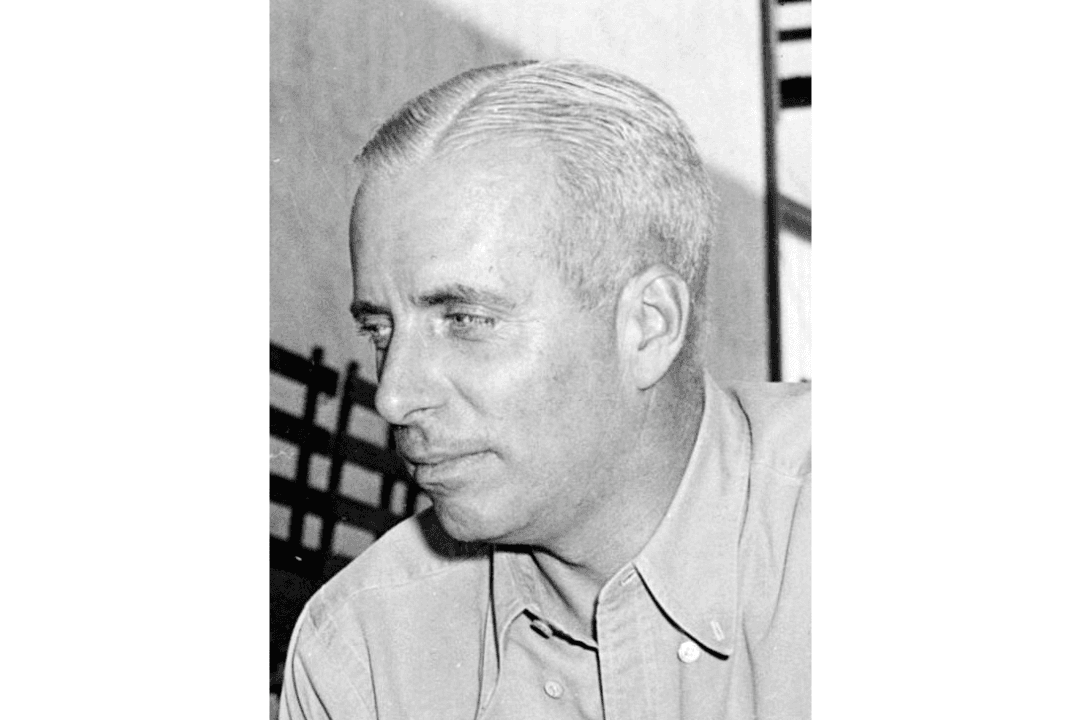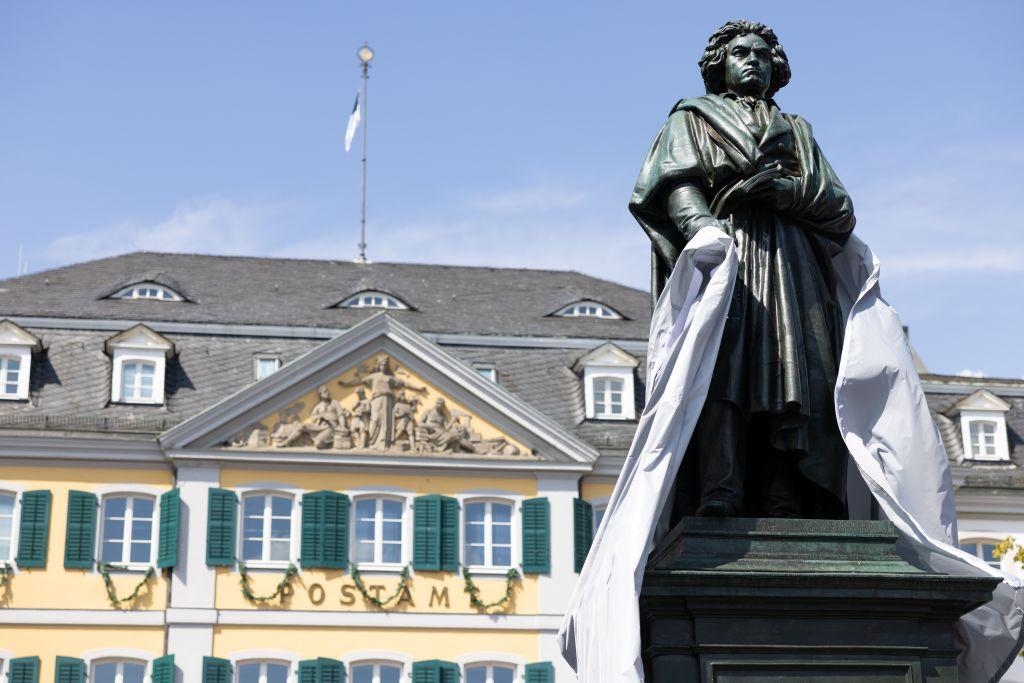“The Ten Commandments” (1956) has kept several generations of kids glued to the TV around Passover and Easter time, but Cecil B. DeMille’s epic is rarely taken seriously. Seen on a small screen, faded, panned and scanned, interrupted by toothpaste commercials, it can look pretty corny.
But a 2010 restoration revealed the film to be, for all its well-known flaws, as visually splendid as a medieval cathedral, created like a cathedral by a brilliant team of faith-inspired artists and craftsmen. Seen on a big screen or on Blu-ray, minus the toothpaste, the restored movie stakes a claim for itself as a major work of religious iconography, a populist Sistine Chapel.





